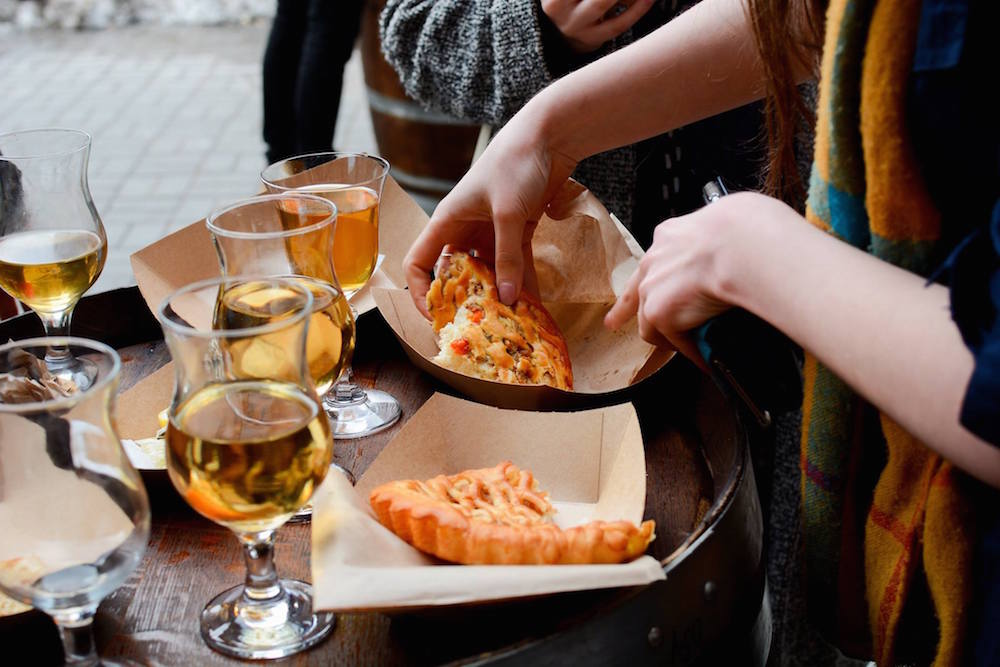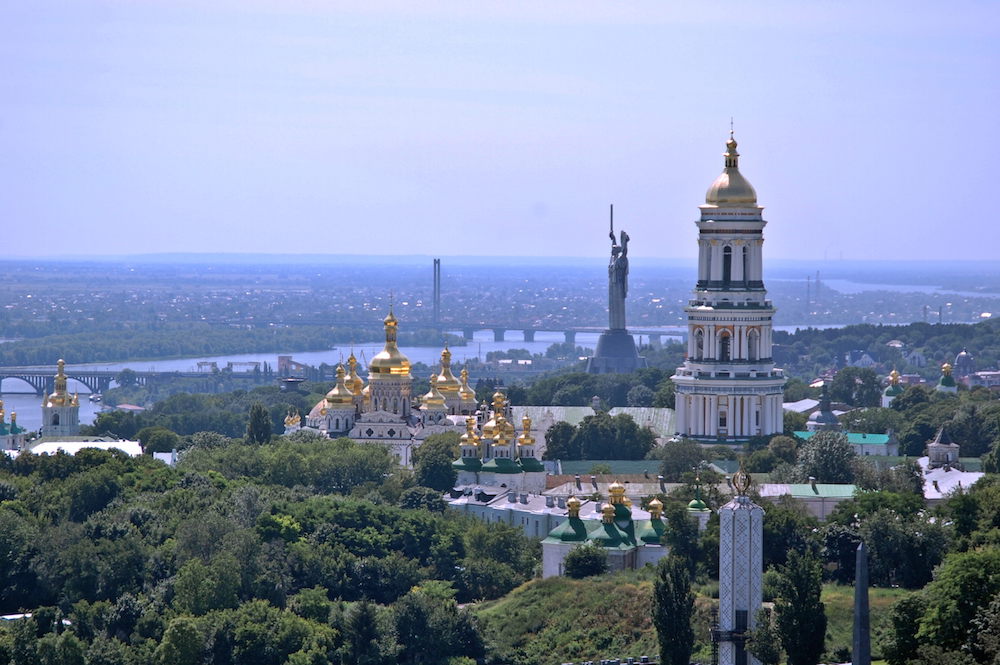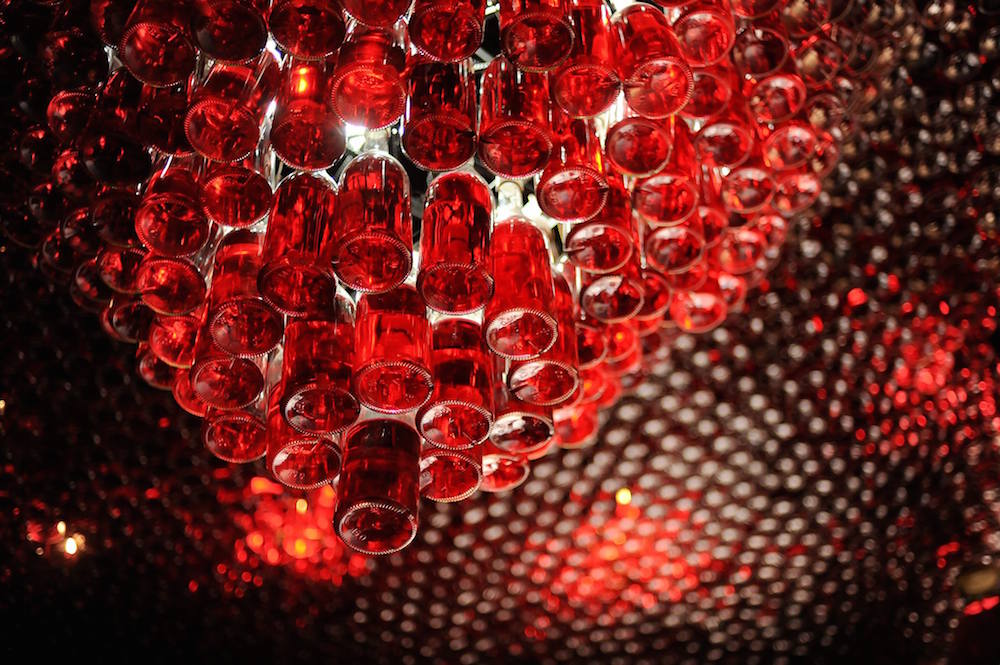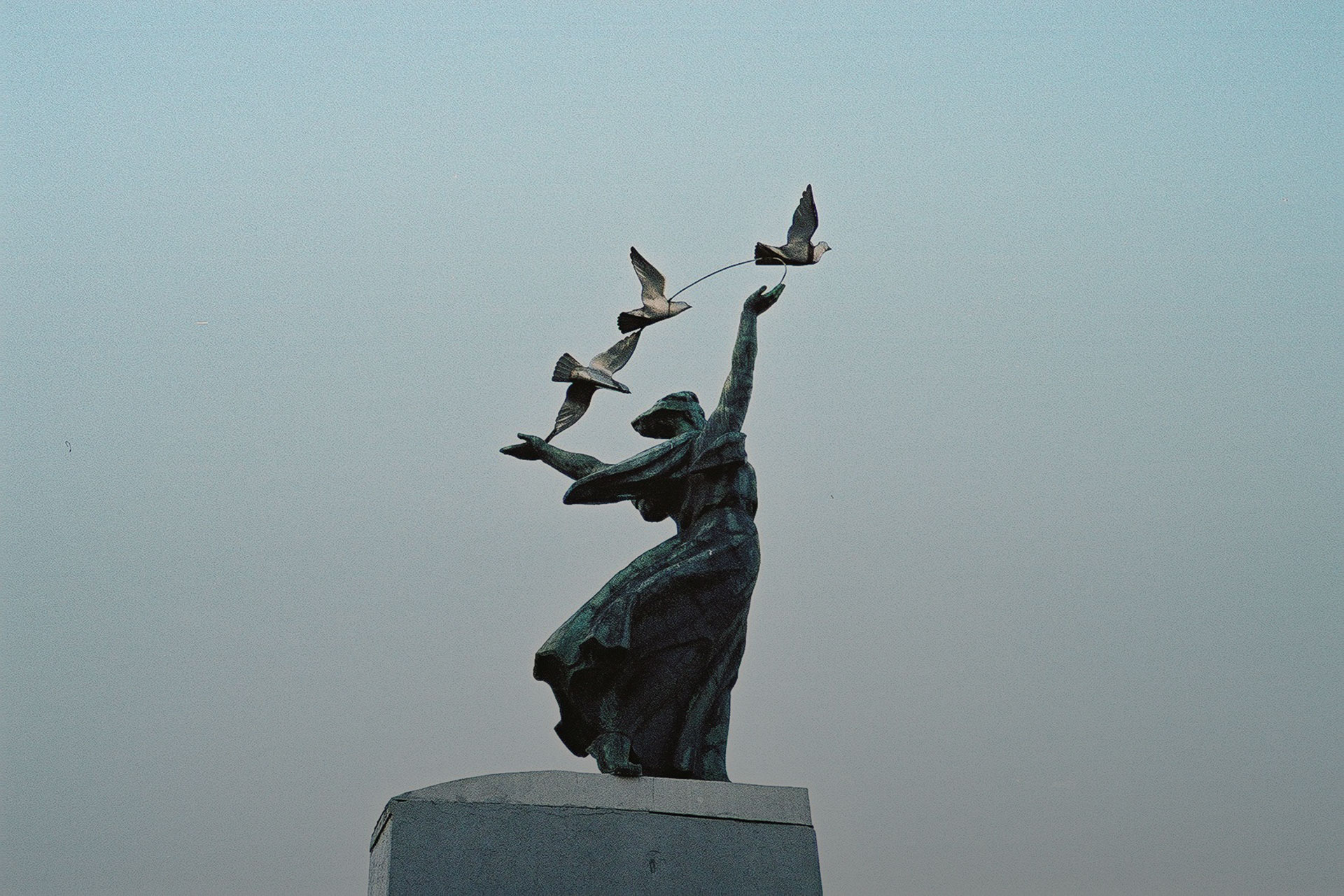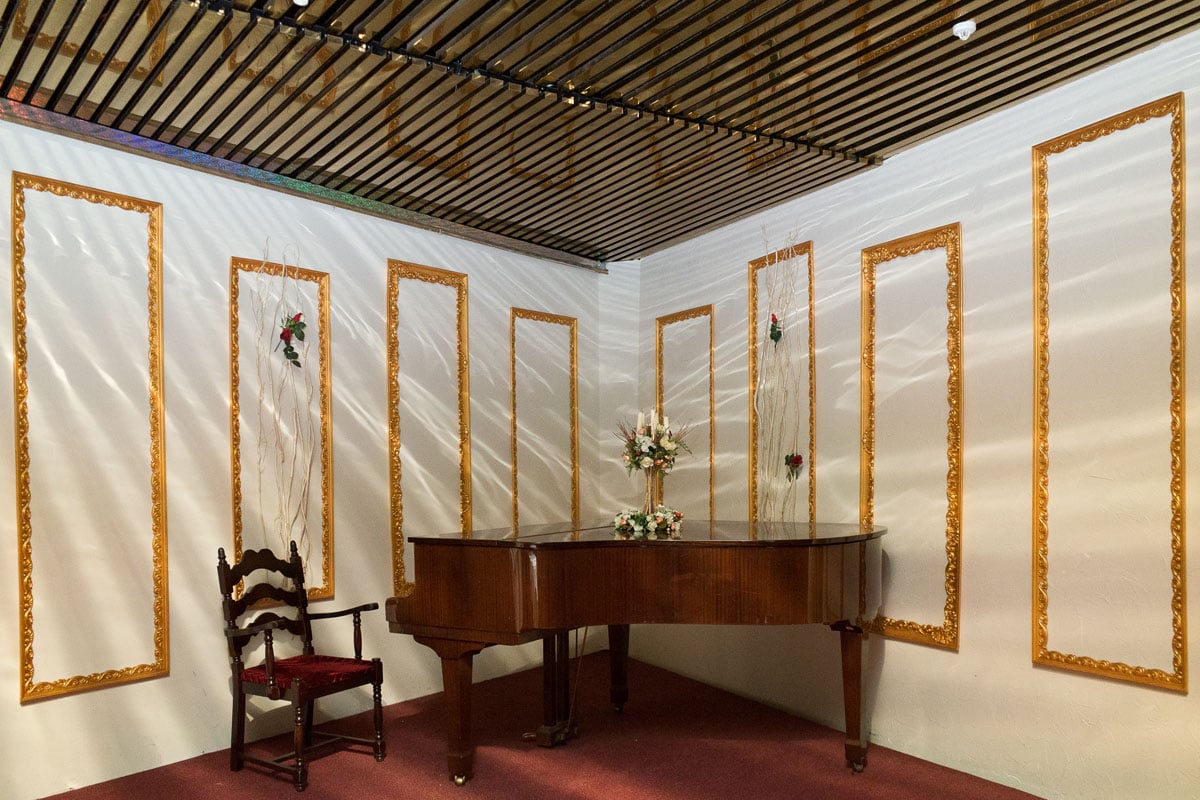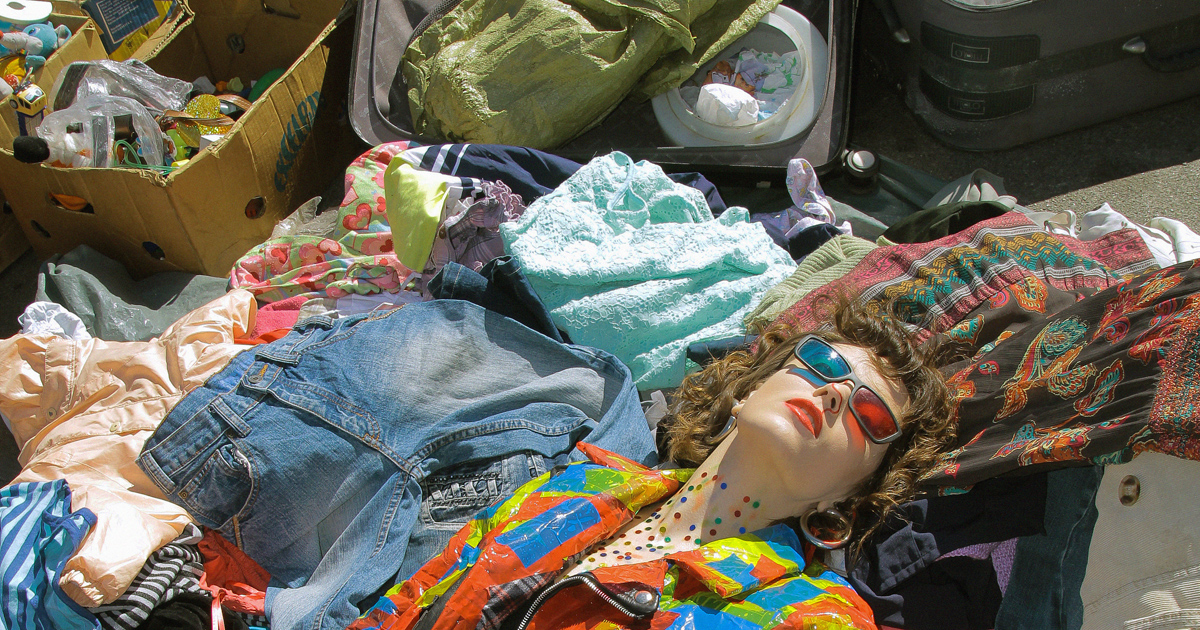48 hours in Kiev: your weekend guide to summer in a city that has it all
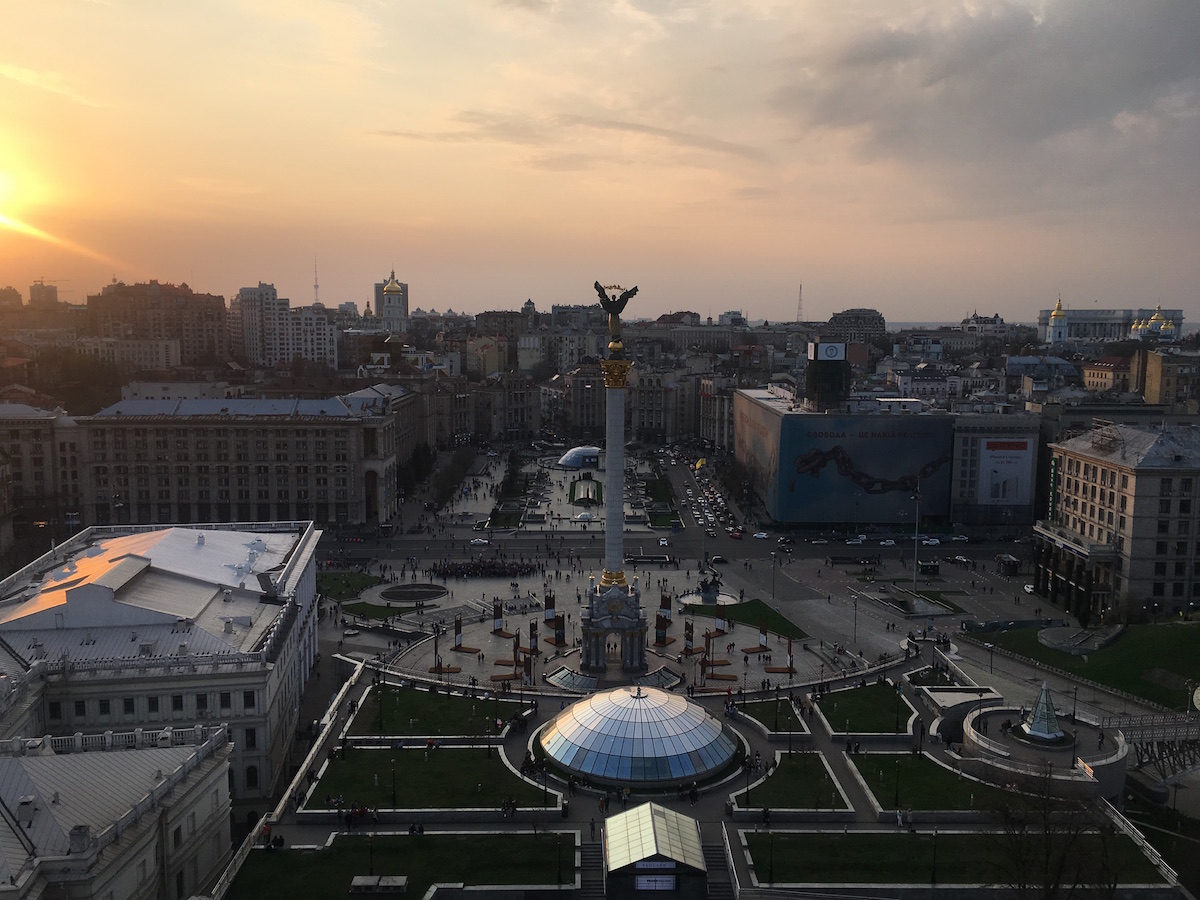
It’s never been easier or more exciting to visit the Ukrainian capital. If you’re looking to book a weekend city break in the New East this summer, then you need our guide to making the most of your time on the Dniepr
It’s getting increasingly easy to get into Kiev — EU nationals don’t need a visa, there are affordable WizzAir flights to the capital’s city airport Zhulyani and Ryanair promised to introduce flights to the country starting later this year. When you arrive, however, it’s difficult not to get overwhelmed by everything the city has to offer: from modernist to Art Nouveau architecture to gilded onion domes to warehouse raves and sprawling flea markets. Follow our weekend guide to make sense of the city that has a lot to offer.
Kiev offers countless accommodation options — from beds in hostel dorms starting from $2 to five star hotels. But to take your stay to next level don’t go for the Western chains or luxury hotels — instead choose an old Soviet-era hotel that will feel like sleeping in a time machine. Hotel Ukraine, situated just off the city’s famous Independence Square (Maidan Nezalezhnosti), has 21 floors and the interiors are Soviet chic — marble and columns combined with tulle curtains and pot plants and crystal chandeliers. When booking, ask for a room with a view of the Maidan above the tenth floor and you’ll be able to watch the sun set over the city centre’s roofs while crowds of tourists and locals hang out on the square. Hotel Salute, situated a 15-minute walk from the city centre, is a white cylindrical building by Soviet Brutalist architect Avraam Miletsky, another good option with stuck-in-time 80s interiors of red carpets and shiny fake wood panelling.
Most of the Soviet-era hotels offer breakfasts of traditional post-Soviet food, which are not to be missed if you’re adventurous in the culinary sense: sample the sweet porridge, carefully rolled omelettes, fluffy small pancakes (oladyi) and little round fried cheese curd cakes (syrniki) — to be eaten with sour cream, as well as any unexpected items that might appear in the breakfast buffet like seaweed salad (morskaya kapusta), Soviet sauerkraut with wonderfully smelly unrefined olive oil and inappropriate but delightful chopped onions, Soviet cream cakes and smoked cheese.
On your first morning, if the weather allows, set out for a walk of the city to get a sense of its vibe. Start on Khreshchatyk, the city’s main street, a wide but short touristy avenue of shops and cafés that stretches between Khreshchatyy Park just next to Independence Square, and Bessarabsky market at the other end. If you’re still craving some caffeine, head to one of the many coffee and ice cream kiosks that line the street; you’ll see many locals enjoying a coffee break on benches in the sun. If fruit and veg markets are your thing, head inside the Bessarabsky market at the end of Khreshchatyk. There are stalls selling bread and falafel and various fruit and veg, plus jars of pickles — from the standard gherkins and tomatoes to garlic and mini-courgettes, which would make a great souvenir for any lover of dill and vinegar.
Choosing an old Soviet-era hotel will feel like sleeping in a time machine
Continue your walk into the Lypky district for a taste of old Kiev architecture. This upscale residential area has always housed government officials, from rich merchants and nobility to party officials and modern day politicians; you’ll see that Bankova Street is closed for both pedestrians and cars because it’s home to the president’s administration. Walk around the area to witness all the eras of Kiev’s architecture, from the ornate 19th-century mansions to neo-Renaissance to Stalin Empire style. The area’s most famous buildings, like the House of the Weeping Widow and Ikskyul-Hildenbanda House are all marked on Google Maps. Unfortunately, the city’s art nouveau masterpiece, the Gorodetsky house, also known as the “house with the chimeras” is situated on closed-off Bankova. You can book an architecture tour in advance if you want to access it, or see the back of the building from Ivan Franko Square.
When you’re done, head back to Khreshchatyk through one of the big arches in the building adjacent to Liuteranska Street, cross the street and head into the Kiev’s old town, or Upper Town, up Prorizina Street. After a couple of minutes’ walk you’ll reach the Golden Gate, a modern replica of the ancient gates that were the main entrance through the fortifications of 11th-century Kiev. It’s easy to forget that the city is over 1500 years old as you snap pics of its modernist architecture gems, so head inside if you’d like to learn about the city’s ancient history and see the magnificent view from the top of the building. If you’re more interested in actual food than intellectual nourishment, head straight to the perfect lunch spot — the hand pie café and bakery called Yaroslava, situated a couple of minutes walk down Yaroslaviv Val. This café, with its old-timey Ukrainian decor, is a local legend that’s been serving hand pies and pastries to locals for over 60 years. It remains unpretentious, cheap, fast and delicious to this day. Must-tries include the fish pies with a hole on top (rasstegai), meat pies with cabbage and spinach pies for vegetarians, although the selection of fillings is seemingly endless. Don’t forget dessert: try poppy-seed pie, cinnamon roll and pies with fruit fillings like cherry, plum and cranberry, as well as their homemade cocoa drink that every post-Soviet child got for an afternoon snack in the kindergarten.
In the late afternoon, you have options. Head to Pinchuk Art Centre (near Bessarabsky market) for a taste of modern art (check out the website in advance as the centre has an ever-changing schedule of local and international artists). If you feel tired from all the walking, buy a metro ticket and go for a tour of Kiev’s underground. Must-visits are older stations like Zoloti Vorota (Golden Gate, situated close to the museum), Vokzalna and Universytet, which incorporate lots of gold and marble and look like the interiors of musems and palaces. Get out at Arsenalnaya — currently the deepest metro station in the world, going down 105.5 metres — and take the long escalator ride up.
For drinks and food in the evening, check out Biliy Naliv, Kiev’s new but wildly popular “one euro bar” where everything — from cider to oysters — costs 29 hryvnas, about 1 euro. The name comes from a sort of apples that are also the bar’s focus; there are ciders, apple infusions, warm apple cinnamon punch. To go with the drinks there are hot dogs (including a vegan option) that can be accompanied by a slab of melted raclette cheese, oysters with a squeeze of lemon and apple and chicken pies. In the evening expect a queue, or head there a bit earlier to get ahead of the after-work crowd.
If your visit falls on a Saturday, head to one of Kiev’s famous flea markets the following morning. The market next to Lisova metro station is better for clothes and accessories and the one next to Petrivka train station is better for knick-knacks, Soviet memorabilia, toys, books and souvenirs. Remember that most sellers don’t like it when people take photos of them or their stalls, be aware of your wallet and phone and enjoy your tour of Soviet fashion and interior design.
It’s easy to forget that the city is over 1500 years old as you snap pics of its modernist architecture gems
If after all that shopping you’re feeling peckish, make your way to Kiev’s unique project called Shankara food, situated in a yard on Bekhterevskiy Provulok and serving inventive vegetarian food between residential estates (30 minute walk from the Golden Gate). Despite the seemingly hipsterish disposition of the café, which sells Asian noodle soups, bruschetta and small cottage cheese-filled dumplings decorated with edible flowers, the place is not a horseman of gentrification in a quiet residential area, but an actual community space where dog walkers and local residents sit out on the small terrace to play chess, drink tea and chat. At the weekend, try to make it there a bit early as sometimes they sell out of food.
When you’re done, head to the Park of Eternal Glory, situated just next to Hotel Salute. Here you’ll see one of the symbols of Kiev: the imposing 102-metre-tall “Mother Motherland” (Rodina-Mat) statue. The Motherland is embodied in stainless steel as a woman holding a sword and a shield decorated with a hammer and sickle. The statue survived Ukraine’s decommunisation attempts because it is a Second World War monument. The sculpture is a part of the Ukraine in the Second World War museum complex, which is housed in a series of concrete Brutalist buildings. If you don’t mind a sombre end to your visit, the museum has a vast collection of exhibits and is also an interesting study of how the country now frames its own history in the war. Alternatively, you can go up on the observation decks of the Mother Motherland, or take a walk in the park.
In the evening visit another drinking establishment favoured by locals, Drunk Cherry (Pyanaya Vishnya), which originally hails from Lviv and serves craft cherry infusion at three locations in Kiev. Apart from the obvious infusions (which you can also buy by the bottle to take home), try the alcoholic cherry chocolates and cherry cake. Don’t get too excited though — you have a plane to catch tomorrow.
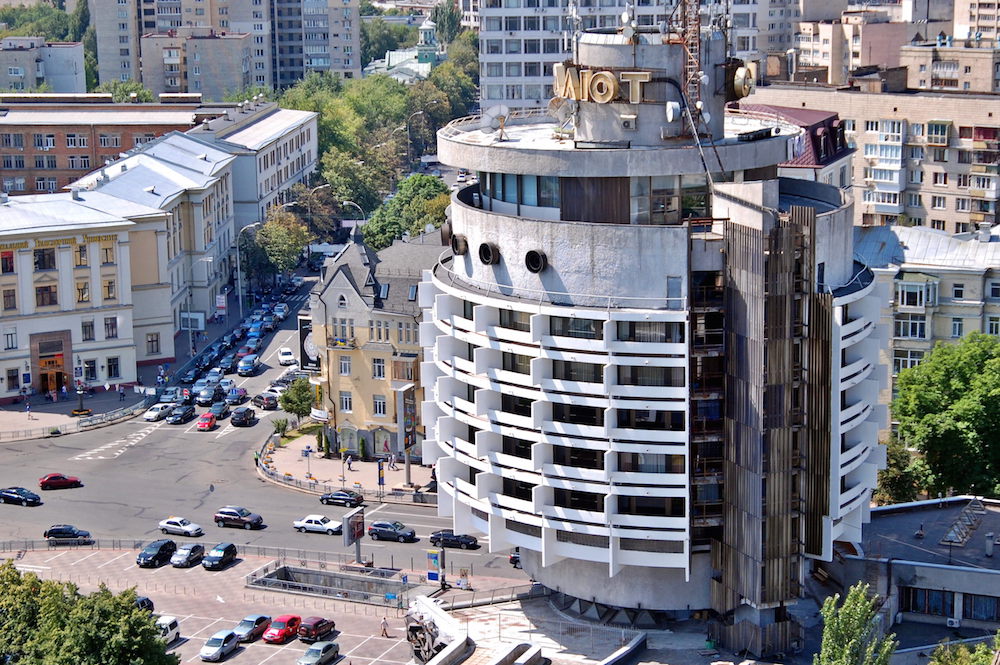
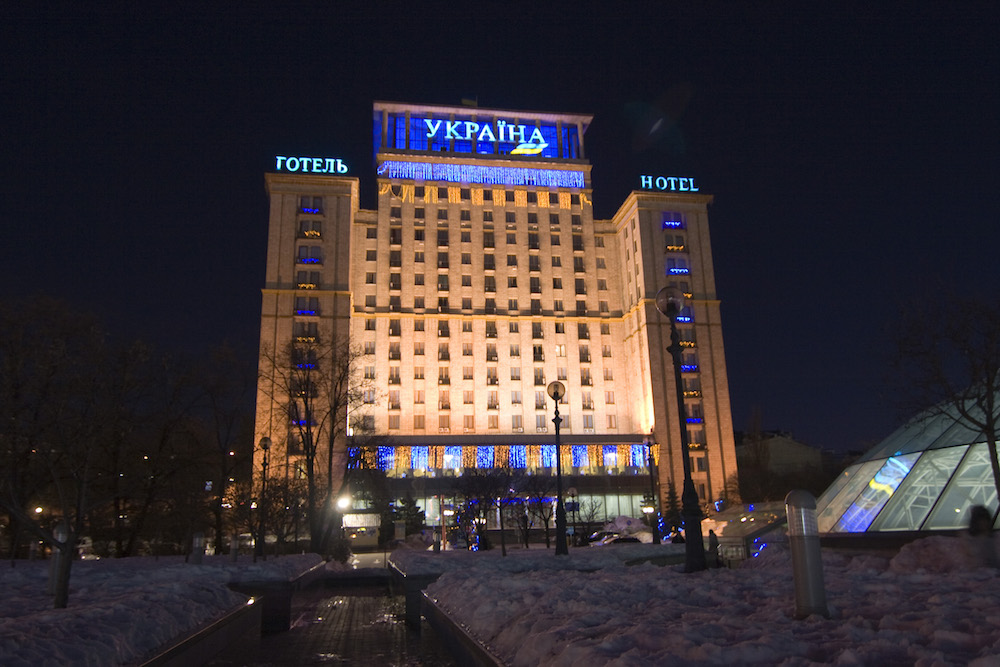
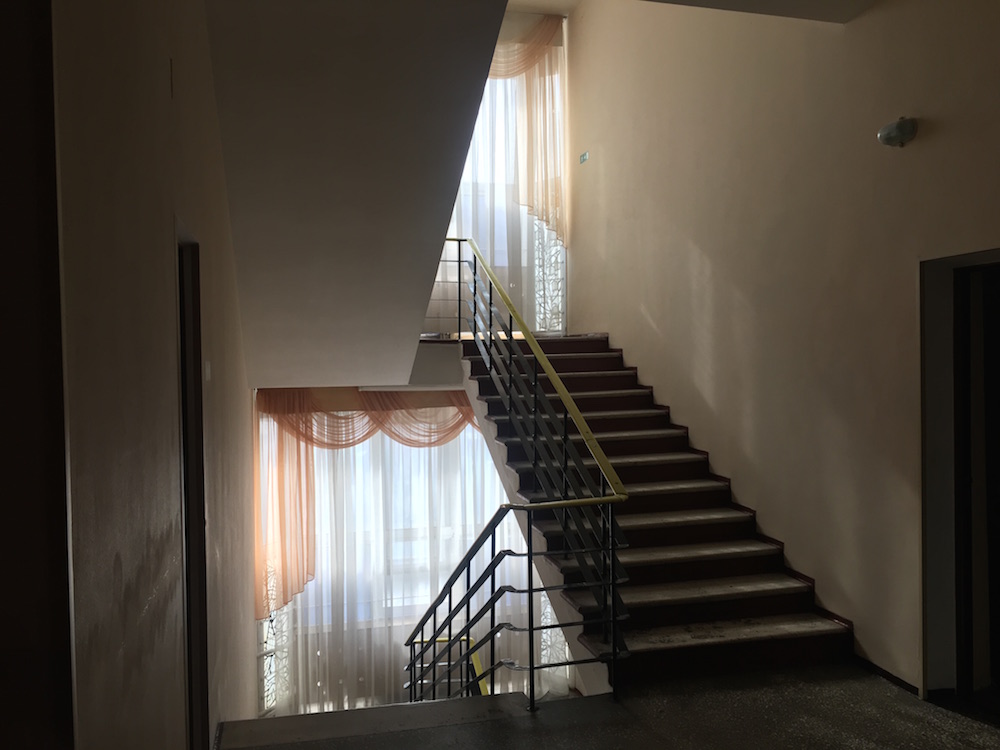
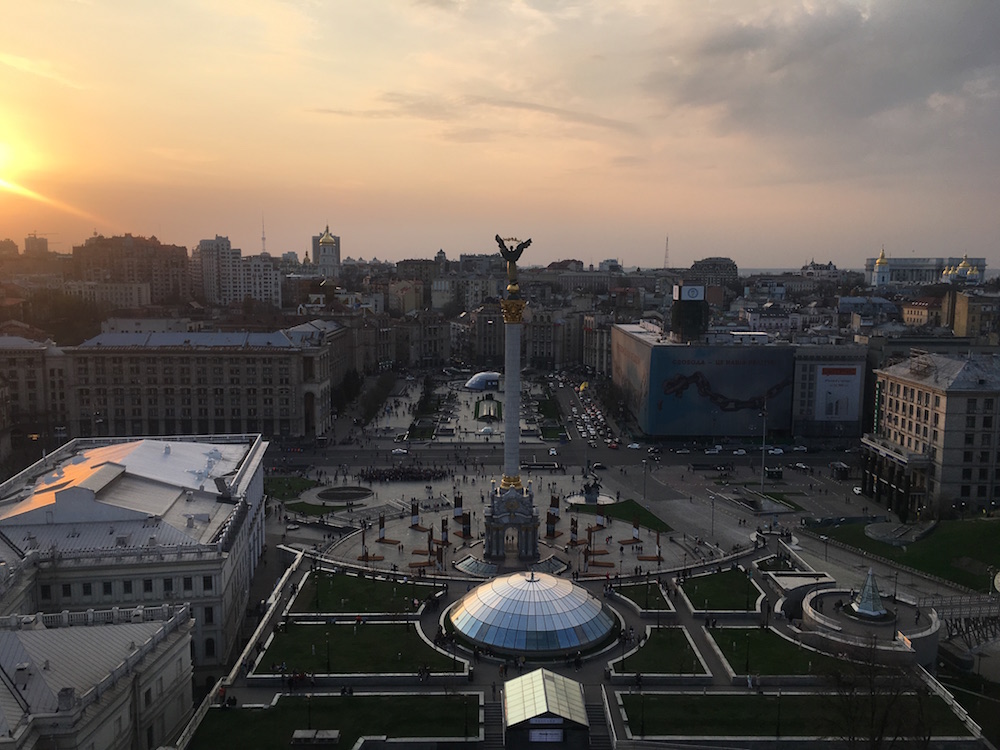
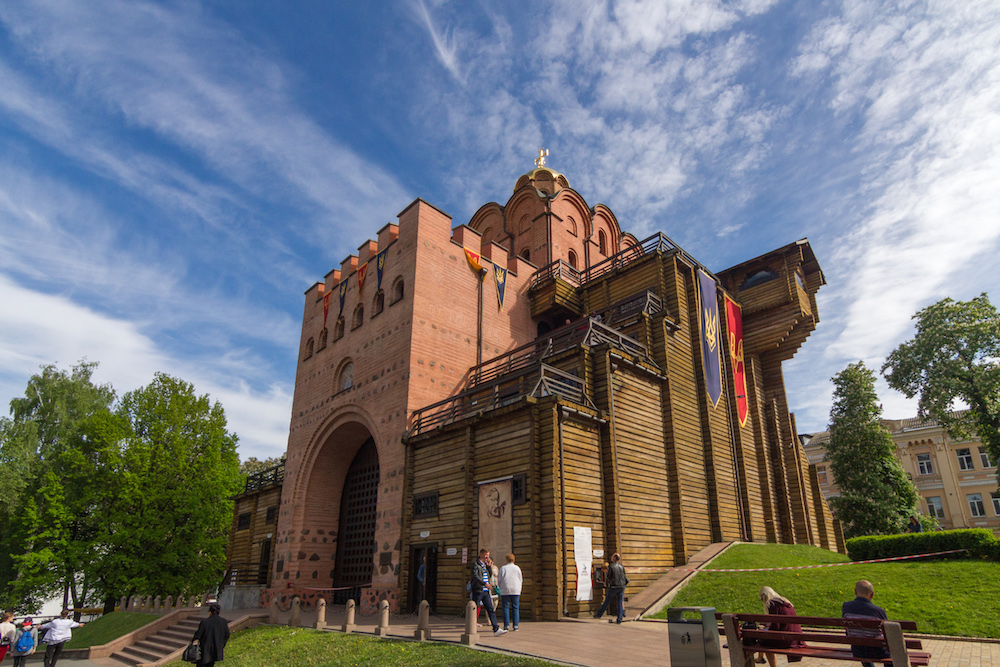
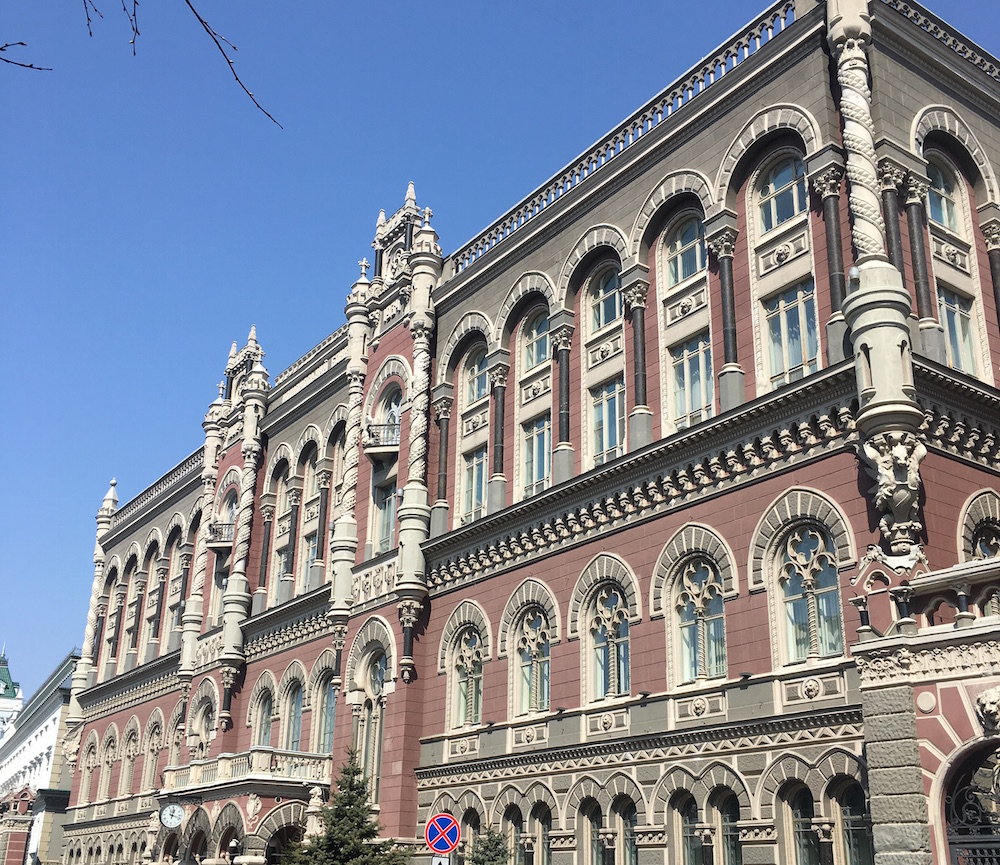
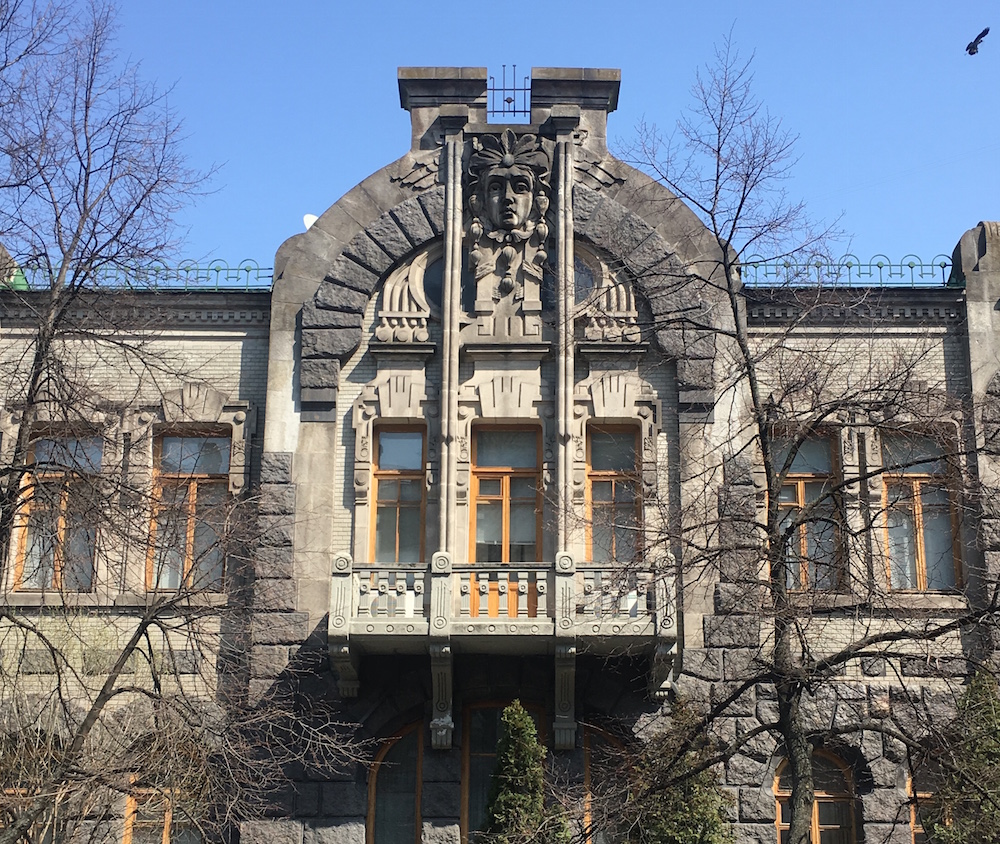
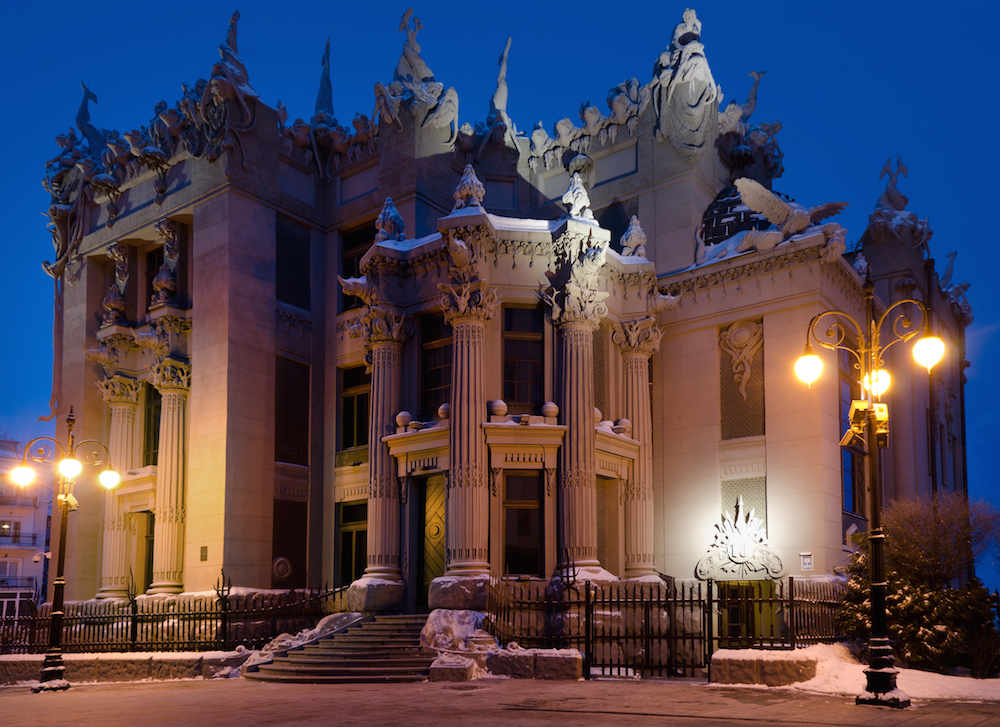
_Zoloti_Vorota_metro_station.jpg)
_Zoloti_Vorota_metro_station2.jpg)
